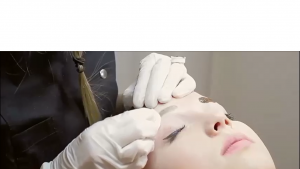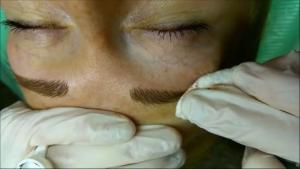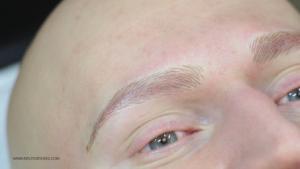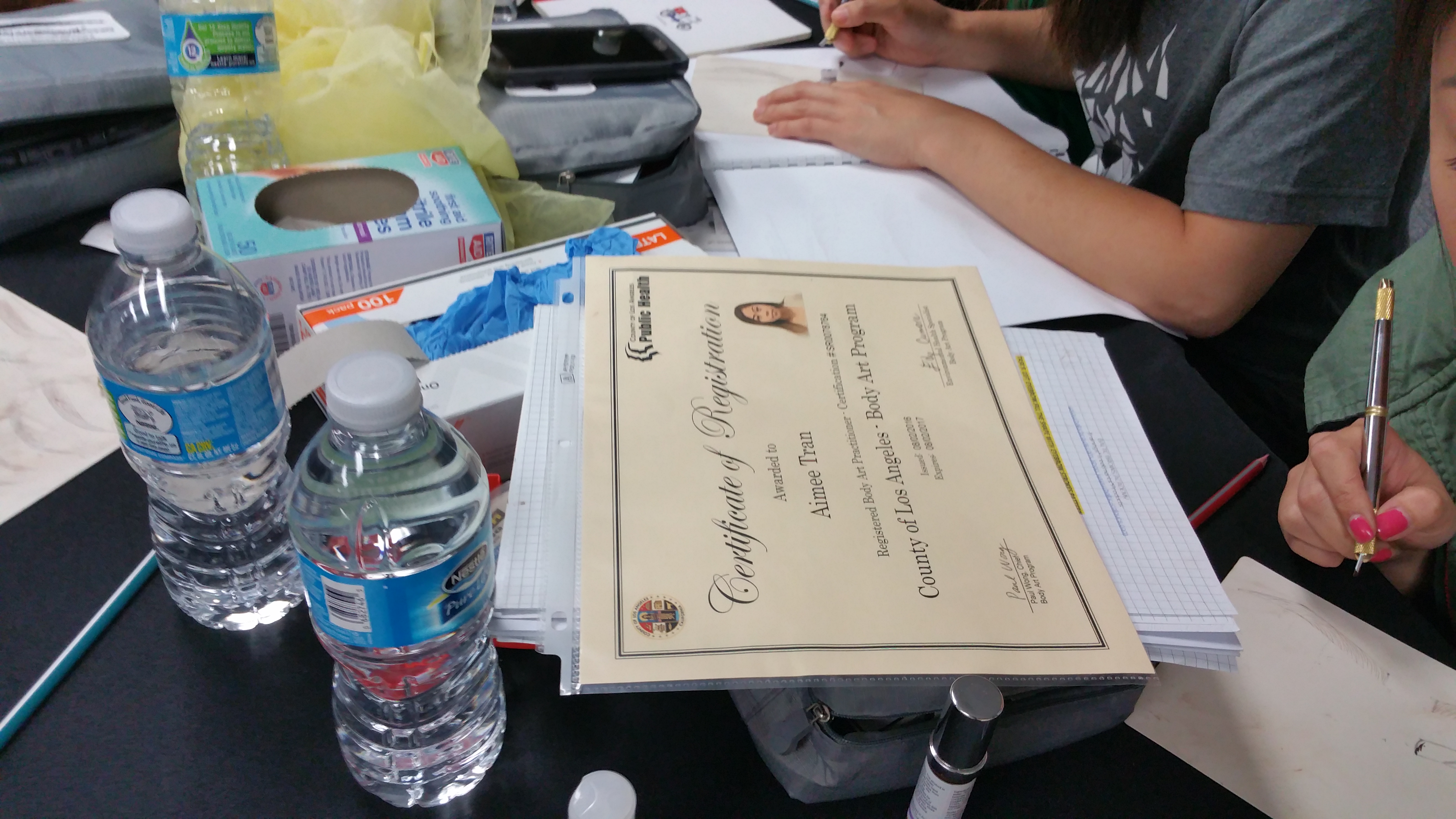- Do I have to be already trained with a machine to study microblading course?
- People always think that it is easier to teach students who already finished basic permanent makeup course or they have 10 years experience. In almost most cases it is even harder to teach because people come with bad habits – heavy hands, very uniform, not precise. So for new person with fresh head it is much easier to learn and we noticed they can have even greater results. But of course we can help everyone just you have to show us a willingness to learn.
- Do I need to buy a device for this technique?
- No you don’t. Microblading is a manual technique where we use disposable or autoclave tool with disposable needle. Basic trainings comes with a kit. It can be beginners or professional kit depending on course price.
- Does the training include kit?
- Yes, basic class comes with a beginner or professional kit depending on course price.
- Does microblading leave scars?
- Each permanent makeup technique can be done in a very wrong way as everything depends on knowledge, practice, products. The technician has to be properly trained about skin types, deepness, contraindications and many factors. Not all skin types can be microbladed. In case technician microblades oily or problematic skin, healed results will look blurred.
- Yes the client can feel discomfort but we numb. Everything depends on the deepness the technician works, pain tolerance, numbing strength. There are two types of numbing – primary and secondary. We always recommend not to use primary anesthesia as the retention of color is better and the skin is not so tough, slippery so it is much easier to do the first pass of treatment without numbing. The first pass duration is about 4-5 minutes, after that we always use secondary anesthesia. So the clients can decide if he/she can handle the pain during the first pass (usually the scale of pain is 5-6). If yes, then we use only secondary numbing. If not, then we use both and client almost doesn’t feel anything.
- What tools and products are used for treatment?
- Disposable or autoclave tool with single use blade which consists of 7-18 needles, certified permanent makeup pigments, soothing solution, sterile cotton pads, ruler for measuring, sterile disposable pigments ring, special pencil for permanent makeup, sterile marker, sterile water and some other equipment to make sure the treatment is done hygienically.
- What is the duration of the treatment?
- The duration depends on technician but usually it is 1.5-2 hours.
- What are the treatment steps?
- Consultation
- Medical health form and agreement
- Eyebrows shaping
- Numbing (optional)
- First pass of treatment
- Numbing
- Second pass of treatment
- Pigment absorption
- Final result discussion and explanation of aftercare
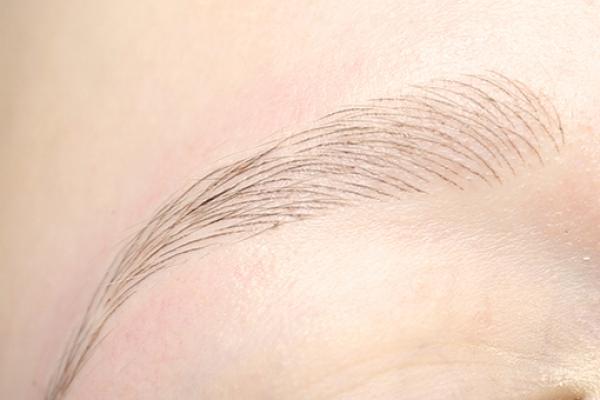

.jpg )
.jpg )
.jpg )
.jpg )
.jpg )
.jpg )
.jpg )
.jpg )
.jpg )
